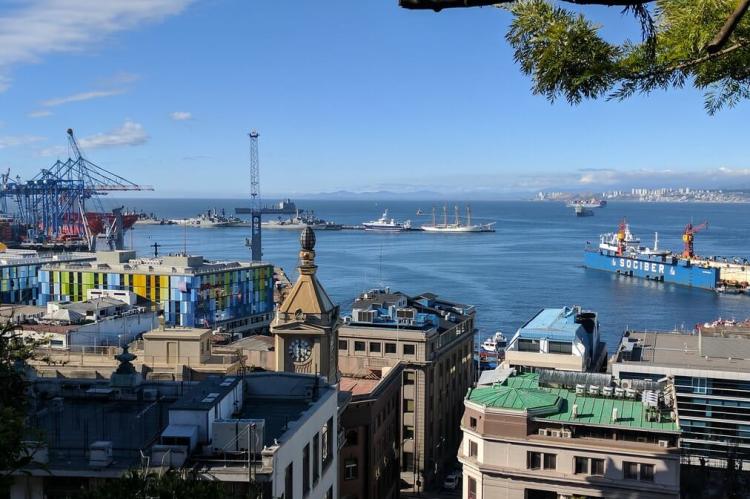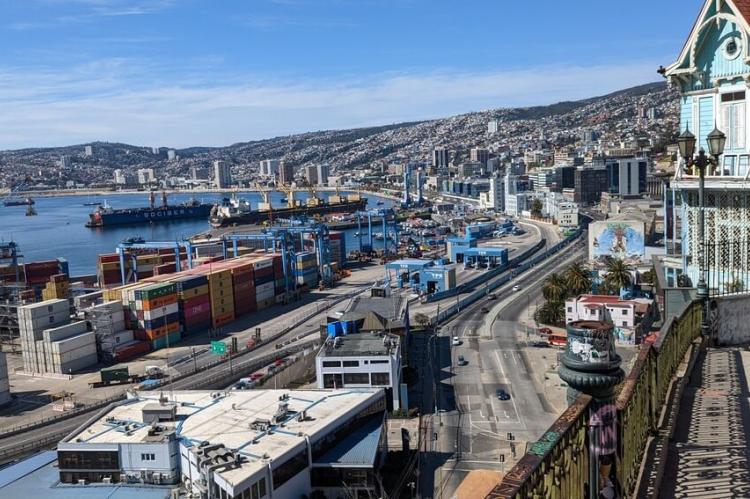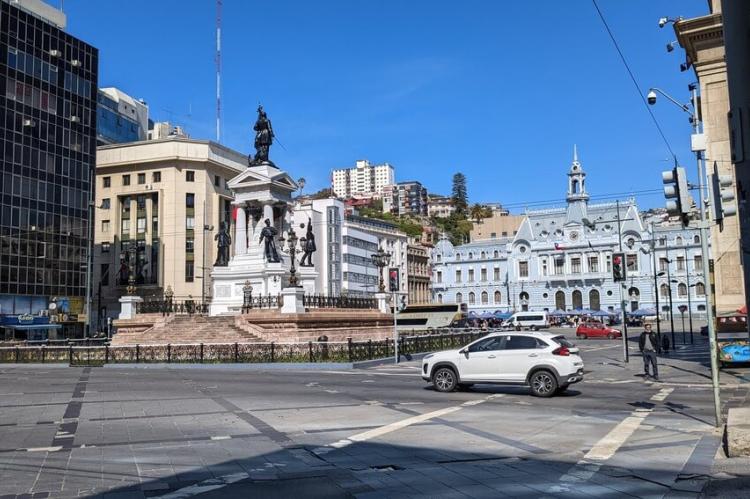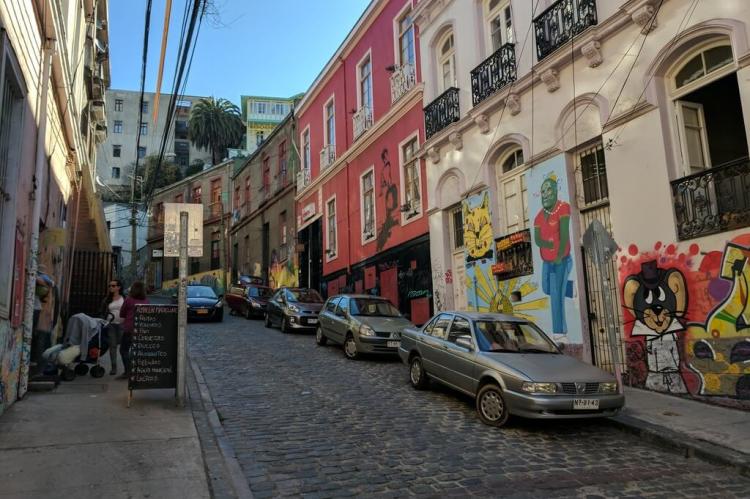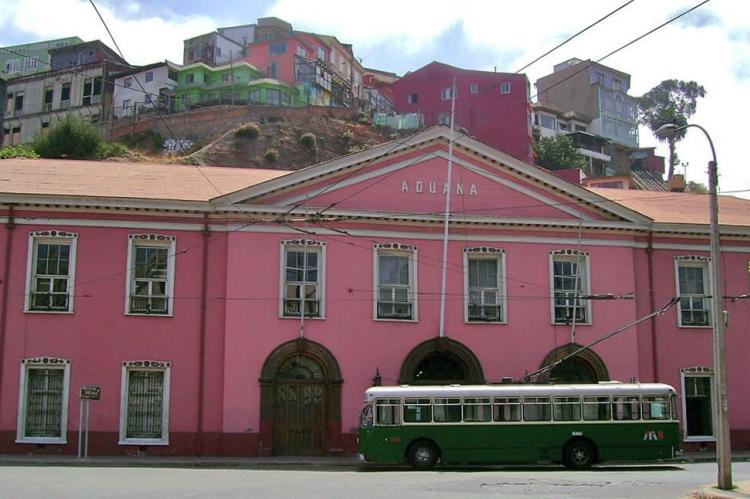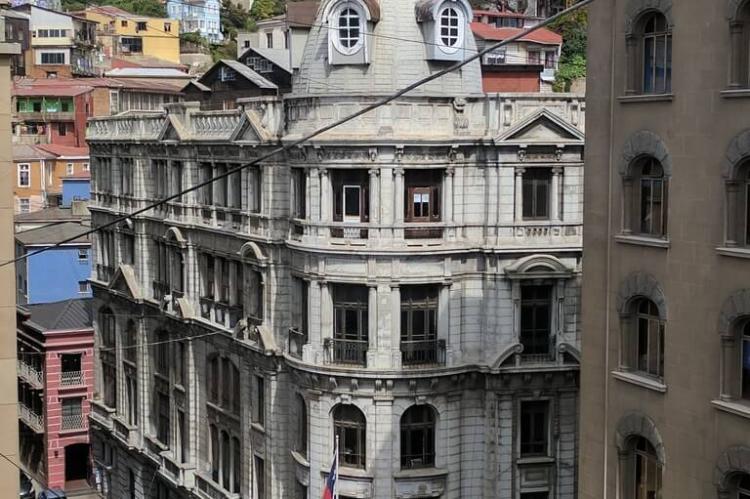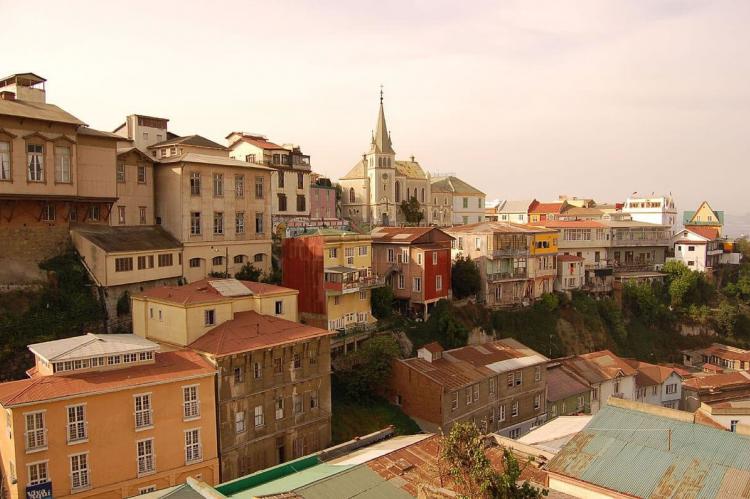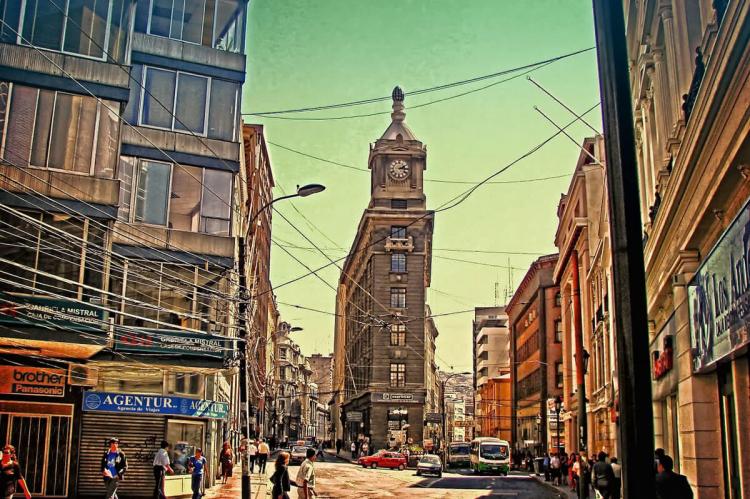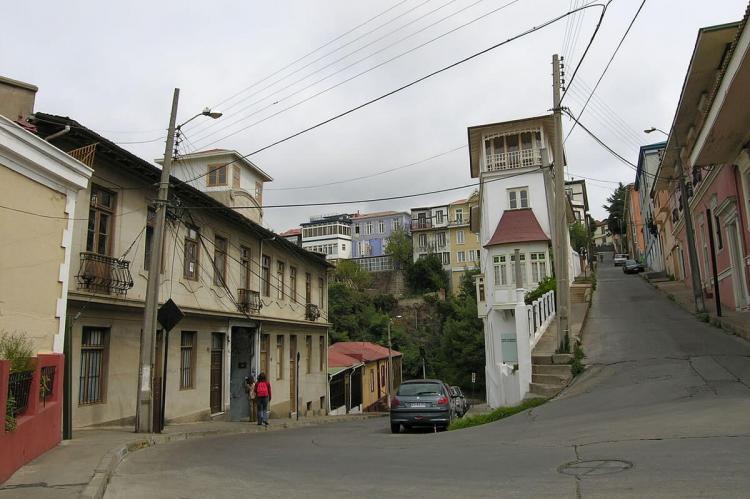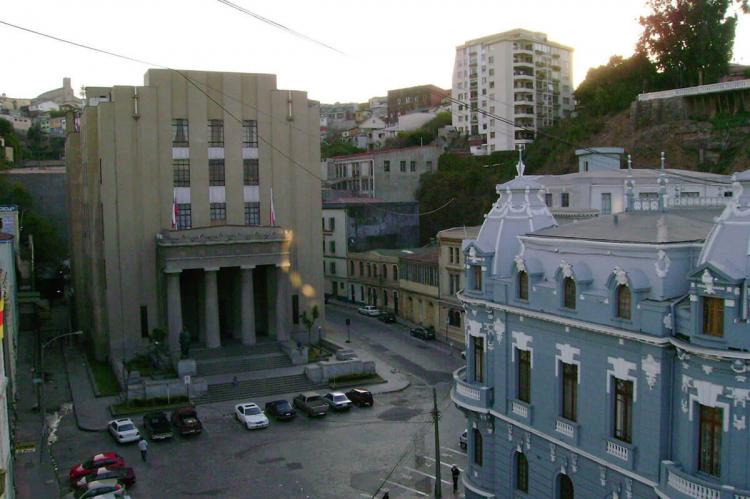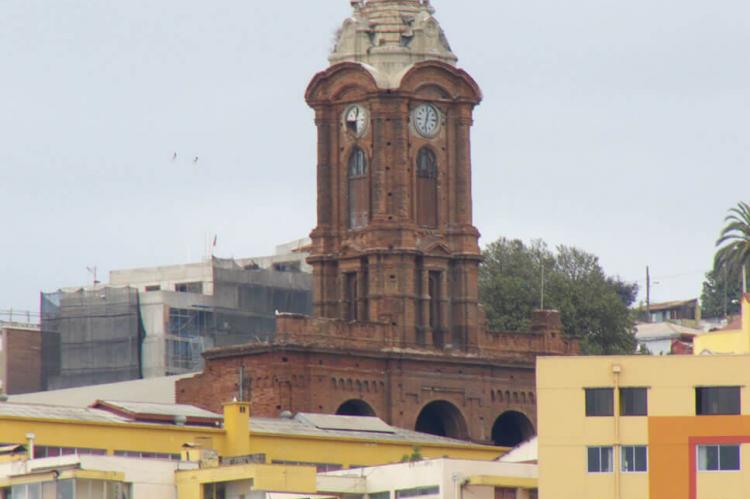City of Valparaíso: Historic Quarter (Chile)
Valparaíso, a vibrant port city on Chile's central coast, is known for its colorful hills, bohemian atmosphere, and rich maritime history. Valparaíso has earned a reputation as one of the country's most distinctive and culturally significant cities. Its historic quarter is designated a UNESCO World Heritage Site.
City of Valparaiso, Chile
Valparaíso, often called Valpo, is a vibrant port city on Chile's central coast. Known for its colorful hills, bohemian atmosphere, and rich maritime history, Valparaíso has earned a reputation as one of the country's most distinctive and culturally significant cities. The Historic Quarter of Valparaíso was designated a UNESCO World Heritage Site in 2003, recognizing its unique urban and architectural qualities.
Valparaíso's origins trace back to 1536 when Spanish conquistador Juan de Saavedra established a port on the sheltered bay. The city's history is deeply intertwined with its role as a major seaport. Its strategic location on the Pacific trade routes and its sheltered bay made it an ideal stopover for ships traveling between the Atlantic and Pacific Oceans via the Strait of Magellan.
In the 19th century, Valparaíso flourished as a crucial hub for trade and commerce, attracting sailors, merchants, and adventurers from around the globe. This influx of diverse cultures profoundly influenced the city's architecture, cuisine, and traditions, shaping Valparaíso into a vibrant melting pot.
Valparaíso's history is closely tied to its role as a major seaport. In the 19th century, it served as a crucial stopover for ships traveling between the Atlantic and Pacific Oceans via the Strait of Magellan. The city played a central role in trade and commerce, attracting immigrants and businesses worldwide.
UNESCO World Heritage Site - Historic Quarter
The Historic Quarter of Valparaíso encompasses the Alegre, Concepción, and Cerro Santo Domingo hills. This area reflects the city's historical development, architectural diversity, and cultural richness. The UNESCO designation highlights the unique urban design, characterized by narrow streets, staircases, and colorful houses clinging to the steep hillsides.
Valparaíso's historic quarter is located on the coastal plain and up the steep surrounding hills where the city first developed. It is composed of five interlaced neighborhoods:
-
La Matriz Church and Santo Domingo Square: located between the hills and the plain, they comprise a church and late 19th-century buildings typical of seaport architecture.
-
Echaurren Square and Serrano Street: are predominantly commercial and marked by the presence of the Port Market, commercial establishments, and active street trade.
-
Prat Pier, Sotomayor Square, and Justicia Square: comprise the main transversal axis of the area and contain the most significant public spaces.
-
Prat Street and Turri Square: this area around the foothills features some examples of monumental architecture.
-
Hills of Cerro Alegre and Cerro Concepción: a neighborhood planned and developed to a large extent by German and English immigrants, with squares, viewing points, promenades, alleyways, stairways, and the top stations of some of Valparaíso's distinctive funicular elevators.
Valparaíso's Historic Quarter is a captivating blend of history, culture, and artistic expression. Its UNESCO World Heritage status acknowledges the significance of its urban design and architectural heritage. As the city continues to evolve, efforts to preserve its unique character and address contemporary challenges are essential to ensure that future generations can experience the magic of Valparaíso's hills and harbor.
Architectural and Urban Features
Cerros (Hills)
Valparaíso is built on more than 40 hills, each with its distinct character. The UNESCO site covers some of the most iconic, including Cerro Alegre and Cerro Concepción. The hills are interconnected by a network of winding streets, staircases, and funicular railways, adding to the city's charm.
Colorful Houses and Street Art
One of Valparaíso's defining features is the vibrant and eclectic mix of colors adorning its houses. This aesthetic is visually appealing and serves practical purposes, helping sailors identify their homes from the sea. The city is also known for its thriving street art scene. Murals and graffiti throughout the Historic Quarter contribute to the area's bohemian and creative atmosphere.
Funiculars
Valparaíso's steep topography is navigated by a series of historic funicular railways, locally known as "ascensores." These funiculars provide transportation and stunning panoramic views of the city and the Pacific Ocean.
Landmarks
-
Iglesia de la Matriz
-
Plaza Aníbal Pinto
-
Plaza Sotomayor
-
Edificio Luis Cousiño
-
Courthouse
-
Approximately 16 remaining funiculars (called ascensores): 15 public (national monuments) and one private (which belongs to "Hospital Carlos Van Buren")
-
The Concepcion and Alegre historical district
-
The Bellavista Hill, which has the "Museo a Cielo Abierto" or "open-air museum"
-
Monument to Admiral Lord Thomas Alexander Cochrane, 10th Earl of Dundonald
-
Monument to Manuel Blanco Encalada, first Chilean President
-
Cemeteries on Panteón Hill: Cemetery Number One (Catholic) and Dissidents Cemetery (Protestant)
Cultural and Artistic Scene
Valparaíso has long been a melting pot of cultures, with influences from Europe, Asia, and the Americas. This is reflected in its architecture, cuisine, and traditions. The city has a rich literary and artistic history and is home to the famous poet Pablo Neruda, who won the Nobel Prize for Literature.
Valparaíso hosts various cultural events and festivals throughout the year, celebrating music, literature, and the arts. The city's theaters, galleries, and cultural centers contribute to its vibrant cultural scene.
Challenges and Preservation Efforts
While the UNESCO designation has brought attention to the Historic Quarter, parts of Valparaíso have faced challenges such as urban decay and poverty. Preservation efforts to restore and maintain historic buildings and public spaces have been ongoing.
